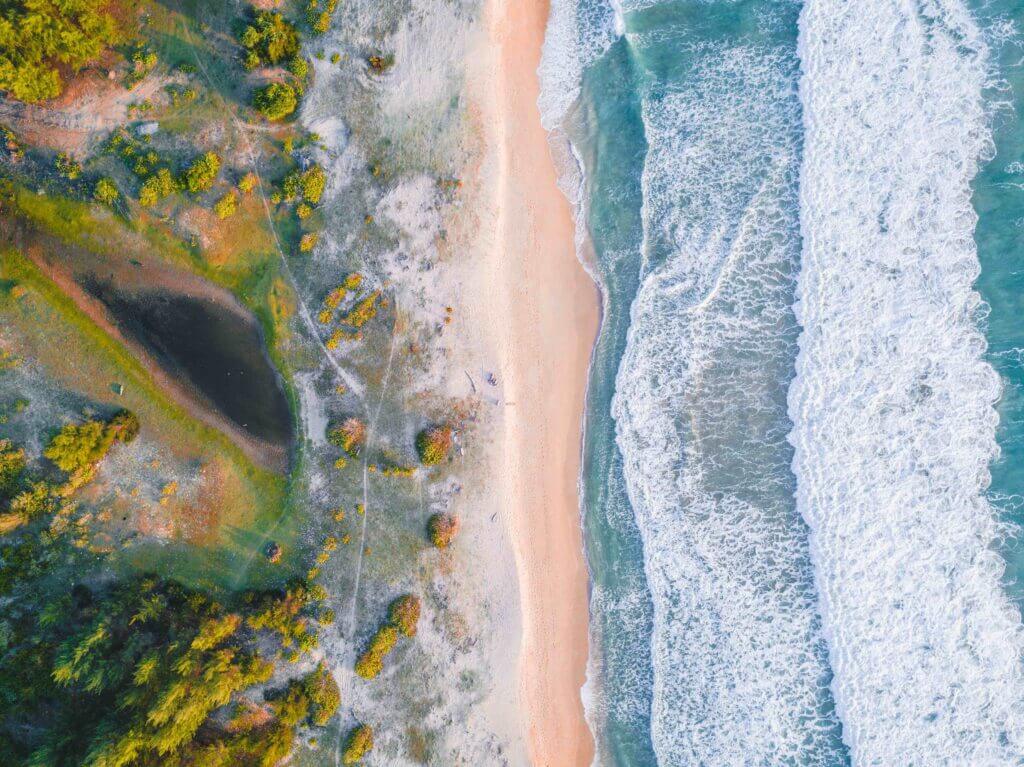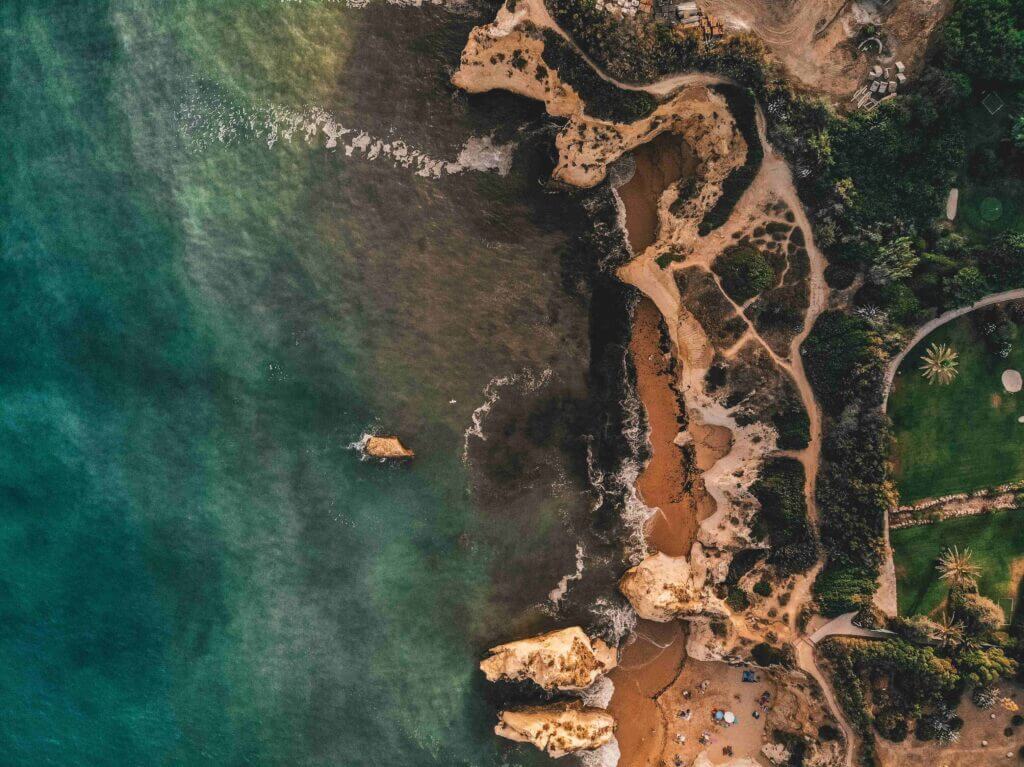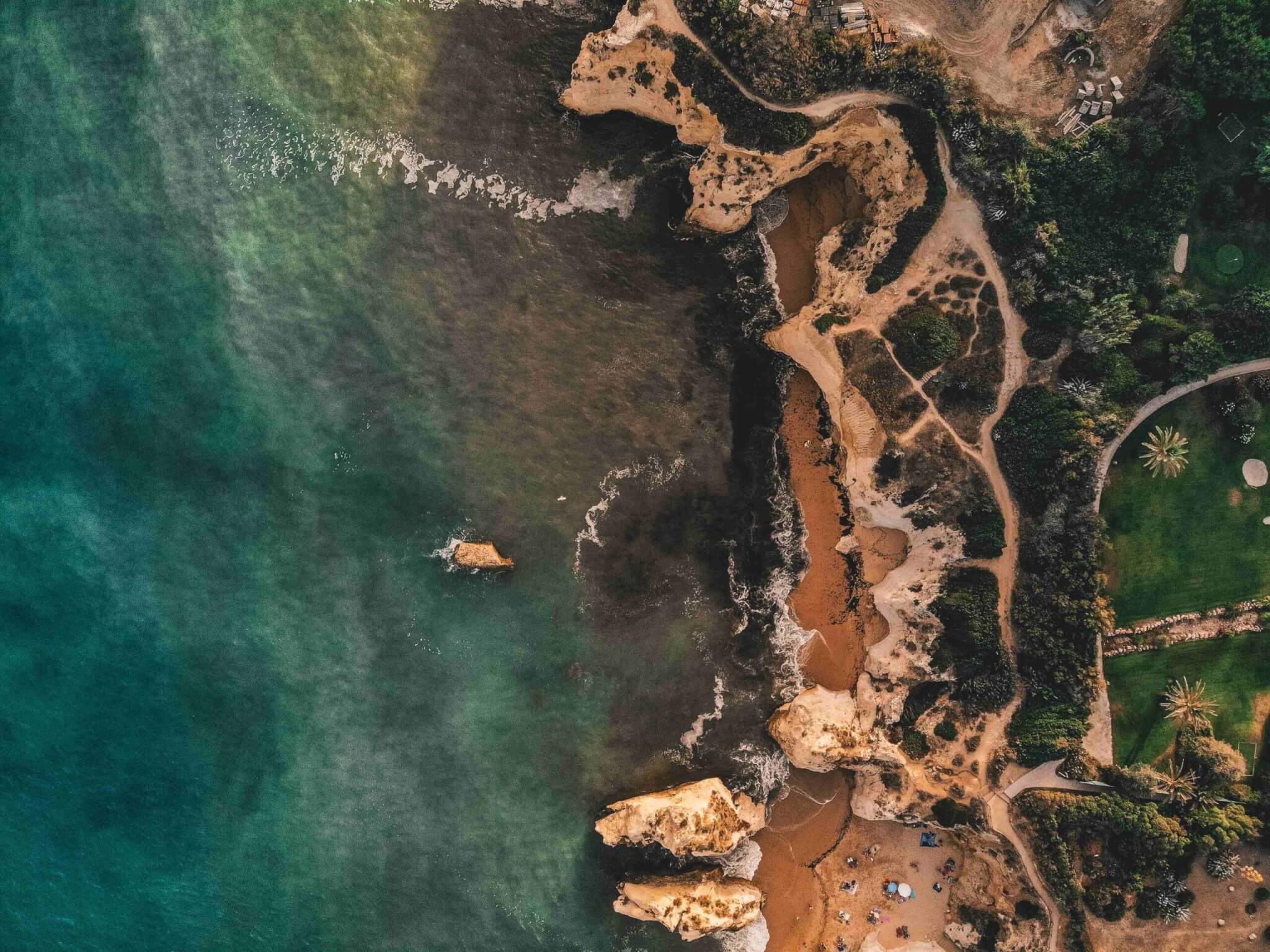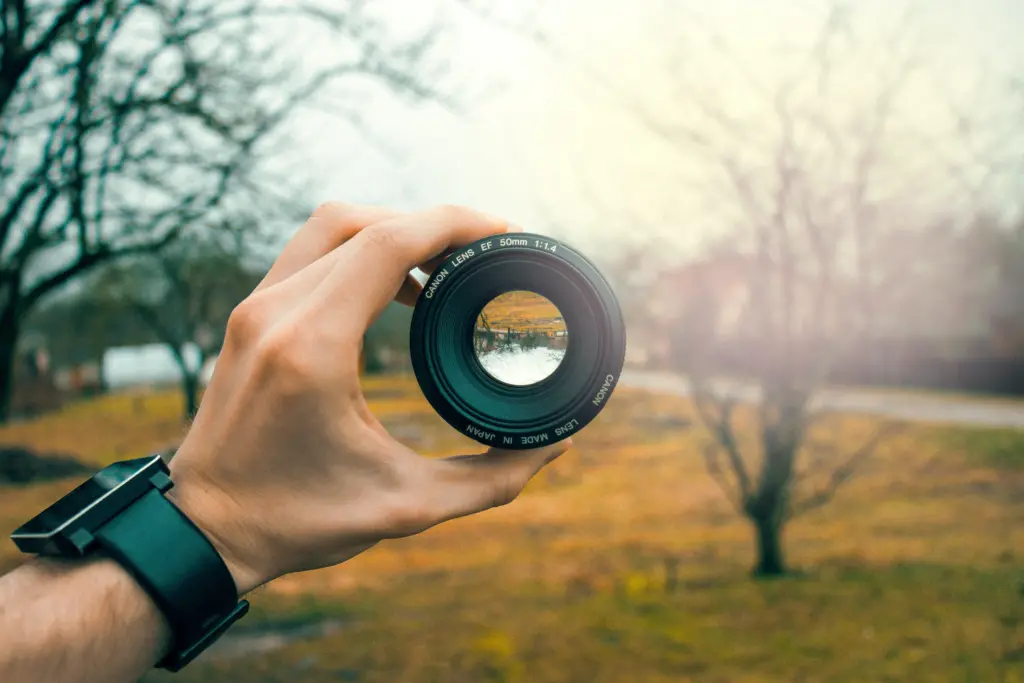- The significance of aerial photography in Miami
Aerial photography plays a significant role in capturing the beauty and vibrancy of Miami from a unique perspective. The city’s diverse landscapes, stunning architecture, and beautiful beaches make it an ideal location for aerial photography. With the use of advanced drone technology, aerial photographers can capture stunning aerial images that showcase Miami’s stunning skyline, vibrant culture, and natural beauty. Aerial photography is also a valuable tool for real estate developers, architects, and urban planners, allowing them to get a better understanding of the city’s layout and development potential.
- Why Miami is the perfect location for aerial photography
Miami is an ideal location for aerial photography due to its diverse landscapes, stunning architecture, and beautiful beaches. The city’s unique mix of urban and natural environments allows photographers to capture stunning aerial images that showcase its vibrant culture and beauty. Additionally, the warm and sunny climate provides excellent conditions for flying drones, making Miami an ideal location for capturing stunning aerial footage.
The Basics of Aerial Photography

- What is aerial photography?
Aerial photography takes photographs from an elevated position, typically using drones, helicopters, or airplanes. It provides a unique perspective of the subject or location and can be used for various purposes such as landscape and real estate photography. Technological advances have made it more accessible and affordable.
- The evolution of aerial photography
Aerial photography has evolved from tethered balloons and kites to modern-day drones. The invention of airplanes revolutionized aerial photography and led to the development of high-quality aerial cameras in the 1930s. Digital cameras and drone technology have made it more accessible and affordable. Aerial photography is used in various fields, including agriculture, construction, and environmental monitoring.
Different types of aerial photography
Vertical aerial photography: images taken from directly above the subject.
Oblique aerial photography: images taken at an angle, offering a more three-dimensional perspective.
Low-altitude aerial photography: images taken from a low-flying aircraft or drone, allowing for a more detailed view of the subject.
High-altitude aerial photography: images taken from a high-flying aircraft or satellite, providing a broader view of the subject.
Thermal imaging aerial photography: images taken using infrared technology to show temperature variations.
Multispectral imaging aerial photography: images were taken using cameras that capture data in different spectral bands, providing detailed information about the subject’s characteristics.
LIDAR (Light Detection and Ranging) aerial photography: images taken using laser technology to create a three-dimensional map of the subject’s surface.
- Benefits of aerial photography
Unique perspective: Aerial photography provides a unique and often breathtaking perspective of the subject that is not possible with traditional ground-level photography.
Increased detail: Aerial photography allows for capturing images with higher resolution and more details, providing a more comprehensive view of the subject.
Time-saving: Aerial photography can save time in capturing images of large areas or difficult-to-access locations, reducing the need for ground-level photography.
Cost-effective: Aerial photography can be more cost-effective than traditional ground-level photography, as it eliminates the need for expensive equipment and infrastructure.
Versatility: Aerial photography can be used in various industries such as real estate, agriculture, construction, and environmental monitoring, among others, providing valuable insights and information.
Safety: Aerial photography is a safer alternative to ground-level photography in some situations, such as inspecting high structures or capturing images in hazardous areas.
Preparing for an Aerial Photography Shoot
- Legal considerations
Regulations: Drone and aircraft operations are regulated by the Federal Aviation Administration (FAA) in the United States. Aerial photographers must comply with FAA regulations and obtain necessary permits and certifications.
Privacy: Aerial photography may infringe on individuals’ privacy rights, especially if the images capture people in private areas such as homes and backyards. Photographers must be aware of and follow applicable privacy laws.
Copyright: Photographers must obtain permission or a license to use copyrighted images or designs, including those visible in aerial photographs.
Safety: Aerial photography can pose safety risks to people and property if not done properly. Photographers must take necessary precautions to ensure the safety of others and comply with regulations related to safe operations.
Property rights: Aerial photographs may capture images of private property or land. Photographers must be aware of property owners’ rights and obtain necessary permissions or avoid capturing such images altogether.
- Finding the right equipment
To achieve high-quality aerial photography, it is crucial to have the right equipment. This includes a high-resolution camera with image stabilization, a drone or aircraft capable of carrying the camera and stabilizing it, a compatible gimbal for stabilization, filters to enhance image quality, a remote control for safe distance operation, high-quality batteries with long life, and fast charging time. Additionally, GPS and other sensors can assist with navigation, tracking, and stabilizing the drone or aircraft.
Choosing the right time of day
Lighting: The quality and direction of lighting can significantly impact the image’s overall look and feel. The best times for aerial photography are early in the morning or late in the afternoon when the light is softer and creates long shadows.
Weather: Weather conditions such as clouds, wind, and precipitation can significantly impact image quality and safety. Avoid flying in adverse weather conditions, and choose clear and calm days for the best results.
Subject matter: Consider the subject matter and the effect you want to achieve. For example, if you’re photographing a landscape, the golden hour just before sunset or after sunrise can create stunning lighting effects and colors.
Location: The location of the subject matter and surrounding area can also impact the lighting and image quality. Take into account the orientation of the sun, shadows, and any reflections or glare that may impact the image.
Project goals: Consider the project goals and the intended use of the images. Different lighting and weather conditions may be more suitable for specific applications, such as real estate or construction documentation.
Understanding weather conditions
Wind: Wind speed and direction can significantly impact drone or aircraft stability and safety. High winds can make it difficult to control the drone or aircraft, and gusts can cause sudden movements and destabilization. Avoid flying in high winds or gusty conditions.
Precipitation: Precipitation such as rain, snow, and hail can damage the equipment and affect image quality. Avoid flying in precipitation, as it can also impact visibility and increase the risk of accidents.
Cloud cover: Clouds can significantly impact lighting and image quality. Low-hanging clouds can obstruct views and create poor lighting conditions, while high clouds can create glare and reflections. Choose clear or partly cloudy days for optimal results.
Temperature: Extreme temperatures can impact equipment performance and battery life. High temperatures can cause overheating, while low temperatures can cause batteries to drain faster. Avoid flying in extreme temperatures and monitor battery levels closely.
Visibility: Visibility is crucial for safe operation and capturing clear images. Avoid flying in fog, haze, or low-light conditions, as it can impact visibility and increase the risk of accidents.
Thunderstorms: Thunderstorms can pose a significant risk to equipment and safety. Lightning strikes can damage the equipment and cause accidents. Avoid flying during thunderstorms or when there is a risk of lightning.
Best Places for Aerial Photography in Miami
- South Beach
- Downtown Miami
- Wynwood Walls
- Key Biscayne
- Miami Beach Marina
- Everglades National Park
Tips for Taking Stunning Aerial Photographs

Composition techniques
Rule of thirds: The rule of thirds is a fundamental compositional technique that involves dividing the image into thirds both horizontally and vertically. The points where the lines intersect are considered the most visually appealing areas to place the subject.
Symmetry: Symmetry involves creating a balance in the image by placing the subject in the center or mirroring it on either side. This technique works well for landscapes, buildings, and geometric shapes.
Leading lines: Leading lines are lines that lead the viewer’s eye toward the subject. Examples of leading lines include roads, rivers, and fences.
Point of view: Aerial photography provides a unique point of view that allows for capturing images from different angles and heights. Experiment with different perspectives to create dynamic and interesting compositions.
Scale: Aerial photography can provide a sense of scale by placing the subject in its larger context. Use the surrounding landscape or objects to provide a frame of reference and emphasize the subject’s size or significance.
Patterns: Patterns can create a sense of repetition and texture in the image. Examples of patterns in aerial photography include crop fields, buildings, and geometric shapes.
Contrast: Contrast involves creating a difference between light and dark areas or colors in the image. This can create a dramatic effect and emphasize the subject.
Lighting considerations
Time of day: The time of day can significantly impact lighting conditions and the mood of the image. Golden hour, which occurs during the first and last hours of sunlight, provides soft, warm lighting that can create a beautiful and dramatic effect. Midday lighting can be harsh and create strong shadows, while overcast days can provide diffused and even lighting.
Shadows: Shadows can create depth and dimension in the image, but they can also be distracting and obscure the subject. Be mindful of the direction of the light source and adjust the camera angle to minimize or emphasize the shadows as desired.
Glare: Glare can create unwanted reflections and impact image clarity. Avoid shooting directly into the sun or other light sources to minimize glare.
Filters: Filters can be used to adjust the lighting and color temperature of the image. Polarizing filters can reduce glare and enhance colors, while neutral density filters can reduce the amount of light entering the camera and allow for longer exposure times.
Post-processing: Post-processing software can be used to adjust the brightness, contrast, and color balance of the image. Experiment with different settings to achieve the desired effect while maintaining a natural and realistic look.
Safety: When shooting aerial photography, it’s important to prioritize safety and avoid flying in restricted areas or during hazardous conditions such as thunderstorms or high winds. Always follow local regulations and guidelines to ensure safe and responsible operation.
Choosing the right camera settings
ISO: ISO determines the camera’s sensitivity to light. Lower ISO settings result in less noise and higher image quality, while higher ISO settings can capture more light in low-light conditions but can result in increased noise.
Shutter speed: Shutter speed determines the length of time the camera’s shutter remains open, allowing light to enter the camera. Faster shutter speeds are ideal for capturing sharp and clear images, while slower shutter speeds can be used to create motion blur or capture low-light scenes.
Aperture: Aperture controls the amount of light that enters the camera and affects the depth of field or the area of the image that appears in focus. A wide aperture (low f-stop number) creates a shallow depth of field and can be used to isolate the subject from the background, while a narrow aperture (high f-stop number) creates a deep depth of field and can be used to capture more of the scene in focus.
White balance: White balance determines the color temperature of the image and affects the overall color balance. Choose the appropriate white balance setting based on the lighting conditions to achieve accurate and natural colors.
Shooting mode: Shooting mode determines how the camera controls settings such as aperture and shutter speed. Manual mode provides the most control over the camera settings, while aperture priority and shutter priority modes allow for control over one setting while the camera adjusts the others.
RAW vs. JPEG: RAW files contain unprocessed image data and provide more flexibility for post-processing, while JPEG files are compressed and may result in some loss of image quality. Consider shooting in RAW format for greater control over the final image.
Image stabilization: Image stabilization helps reduce camera shake and can improve image sharpness. Use a camera with built-in image stabilization or consider using a stabilizing device such as a gimbal for smoother and more stable shots.
Post-processing tips

Adjust brightness and contrast: Adjusting brightness and contrast can help bring out details in the image and make it more visually appealing. However, be careful not to overdo it and create an artificial-looking image.
Color correction: Aerial photographs can have a blue or green tint due to atmospheric conditions. Adjusting the color balance can help correct these color casts and produce a more natural-looking image.
Sharpening: Aerial photographs can appear soft or blurry due to motion blur or atmospheric conditions. Applying to sharpen can help enhance the details and make the image appear sharper.
Straightening: Aerial photographs can appear tilted or slanted due to the camera angle or movement. Straightening the horizon line can help create a more balanced and aesthetically pleasing image.
Cropping: Cropping can be used to remove unwanted elements in the image or to create a more visually appealing composition. Be careful not to crop too much and lose important details in the image.
HDR processing: HDR processing can be used to capture a wider range of light and dark tones in the image. This can be especially useful in high-contrast scenes such as sunsets or landscapes with shadows.
Lens correction: Aerial photographs can sometimes exhibit lens distortion due to the wide-angle lens used. Applying lens correction can help correct distortion and produce a more accurate representation of the scene.
Remember that post-processing should enhance the image, not completely alter it. Use these tips as a guide and experiment with different techniques to achieve the desired result.
Professional Aerial Photography Services in Miami
- Why hire a professional aerial photographer?
While it is possible to take aerial photographs on your own, hiring a professional aerial photographer can provide several advantages:
- Expertise and experience: Professional aerial photographers have the expertise and experience to capture high-quality aerial photographs. They know how to choose the right equipment, settings, and composition techniques to create stunning images.
- Safety: Aerial photography can be dangerous, especially if you are flying a drone or piloting an aircraft. Professional aerial photographers are trained to operate safely and can ensure that the equipment is in good working condition.
- Legal compliance: Professional aerial photographers understand the legal requirements for aerial photography, including obtaining permits and following airspace regulations. This can save you time and money, and prevent legal issues.
- Consistency and quality: Professional aerial photographers can provide consistent and high-quality results. They have the skills and equipment to capture sharp, well-composed images that meet your specific requirements.
- Time savings: Aerial photography can be time-consuming, especially if you are unfamiliar with the equipment and techniques. Hiring a professional aerial photographer can save you time and allow you to focus on other aspects of your project.
Overall, hiring a professional aerial photographer can provide several benefits and help ensure that you get the best possible aerial photographs for your project.
Top aerial photography companies in Miami
Aerial Photography Miami: Aerial Photography Miami is a professional aerial photography company that specializes in real estate, construction, and architectural photography. They offer high-quality aerial photographs and videos using drones and helicopters.
Drone Photography Services Miami: Drone Photography Services Miami offers professional aerial photography and videography services for real estate, events, and commercial projects. They use high-quality drones and cameras to capture stunning aerial images.
Miami Drone Photography: Miami Drone Photography provides professional aerial photography and videography services for real estate, construction, and marketing projects. They use state-of-the-art drones and cameras to capture high-quality aerial images and videos.
SkySnap: SkySnap is a Miami-based aerial photography company that offers professional drone and helicopter photography services for real estate, construction, and marketing projects. They provide high-quality aerial images and videos that can help showcase your property or project.
Above The Rest Aerial Photography: Above The Rest Aerial Photography offers professional aerial photography and videography services for real estate, construction, and marketing projects. They use high-quality drones and cameras to capture stunning aerial images and videos that can help showcase your project.
These are just a few of the top aerial photography companies in Miami. When choosing a company, it’s important to consider their experience, expertise, and the quality of their work to ensure that you get the best possible aerial photographs for your project.
What to look for when choosing an aerial photography service
Experience and expertise: Look for a company that has experience and expertise in aerial photography. They should have a portfolio of high-quality aerial photographs that demonstrate their skills and expertise.
Quality of work: The quality of the aerial photographs should be a top priority. Look for a company that uses high-quality equipment and techniques to capture sharp, well-composed images.
Safety: Aerial photography can be dangerous, so it’s important to choose a company that takes safety seriously. They should follow all safety protocols and regulations, and have a good safety record.
Legal compliance: Aerial photography is subject to various regulations, including obtaining permits and following airspace restrictions. Make sure the company you choose is compliant with all legal requirements.
Customer service: Good customer service is important when working with an aerial photography service. Look for a company that is responsive, professional, and easy to work with.
Pricing: Aerial photography services can vary widely in price. Make sure you understand the pricing structure and what is included in the price, so you can make an informed decision.
Overall, when choosing an aerial photography service, it’s important to look for a company that has the experience, expertise, and equipment to capture high-quality aerial photographs while ensuring safety and legal compliance.
Aerial Videography in Miami
- What is aerial videography?
Aerial videography is the process of capturing video footage from the air using drones or other aerial platforms. It provides a unique perspective and allows for stunning views of landscapes, buildings, events, and other subjects. Aerial videography is used for a wide range of applications, including real estate, tourism, sports, and filmmaking. Specialized equipment and techniques are required to capture high-quality aerial video footage, including drones with high-resolution cameras and skilled pilots to navigate them.
- Best places for aerial videography in Miami
South Beach: This iconic beach and the surrounding area offers breathtaking views of the ocean, Art Deco architecture, and a colorful lifeguard stand.
Downtown Miami: The towering skyscrapers of downtown Miami provide a dramatic backdrop for aerial videography, especially during the golden hour when the sun sets behind the buildings.
Miami Beach Marina: This marina is a great place to capture footage of yachts, boats, and sailboats, as well as the Miami skyline in the background.
Vizcaya Museum and Gardens: This historic estate features stunning gardens, fountains, and sculptures, as well as a beautiful Italian Renaissance-style mansion.
Key Biscayne: This island off the coast of Miami offers stunning views of the ocean, beaches, and lush vegetation, as well as the historic Cape Florida Lighthouse.
Everglades National Park: This vast wilderness area is home to unique wildlife and landscapes, including swamps, marshes, and Sawgrass prairies.
Tips for taking stunning aerial videos
Plan your shots: Before you start filming, make a plan for the shots you want to capture. Think about the subject, composition, lighting, and movement. Consider using a storyboard or shot list to help you stay organized.
Choose the right equipment: Select a drone or aerial platform that is appropriate for the type of footage you want to capture. Make sure it has a high-quality camera, stable gimbal, and other features that will help you achieve the shots you want.
Follow the rules and regulations: Familiarize yourself with the local regulations for drone flights and follow them carefully. Respect people’s privacy and safety, and avoid flying near airports, restricted airspace, or other sensitive areas.
Control your drone smoothly: Practice flying your drone smoothly and with precision. Use slow and steady movements to avoid jerky or shaky footage. Experiment with different angles, altitudes, and distances to find the best perspective.
Pay attention to lighting: Lighting is key to creating stunning videos. Shoot during the golden hour (early morning or late afternoon) for warm and soft light. Avoid shooting in direct sunlight or harsh shadows, as this can result in overexposed or underexposed footage.
Experiment with movement: Aerial videography offers a unique opportunity to capture movement from a new perspective. Try different techniques such as slow-motion, tracking shots, or aerial panoramas to add variety and interest to your footage.
Edit your footage carefully: Once you have captured your footage, take the time to edit it carefully. Use software tools to stabilize shaky footage, color correct, and adjust the exposure. Add music and sound effects to enhance the mood and atmosphere of your video.
Conclusion
Aerial photography plays a crucial role in capturing the beauty and uniqueness of Miami from a new perspective. It has become increasingly popular in recent years and offers many benefits, including providing real estate professionals with stunning images of properties, assisting in the planning and development of urban spaces, and capturing memorable moments for special events. With advancements in technology and equipment, aerial photography has become more accessible to amateur photographers, but it is still important to hire professional high-quality, and safe aerial photography services. Additionally, aerial videography adds another dimension to capturing the beauty of Miami from above, allowing for unique and creative storytelling through video.



